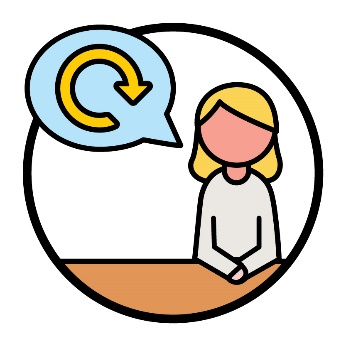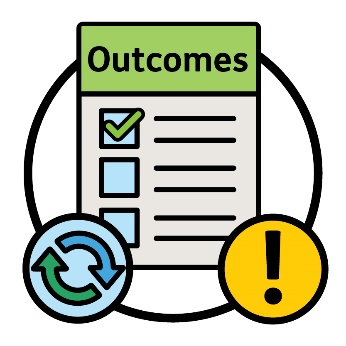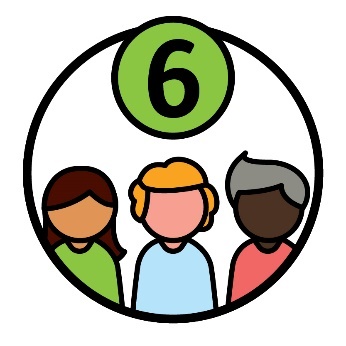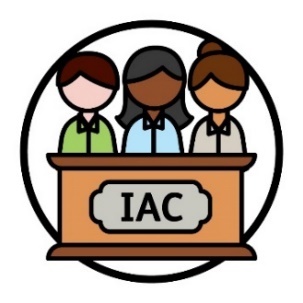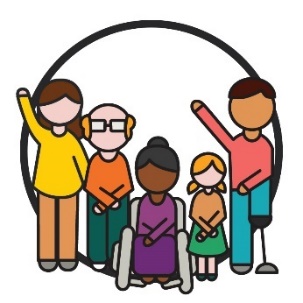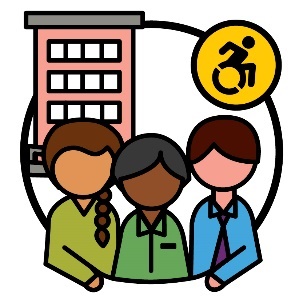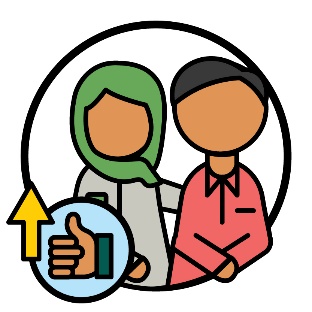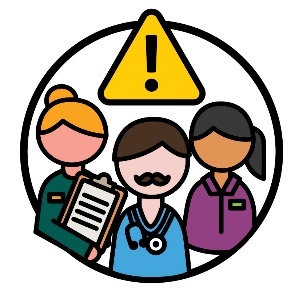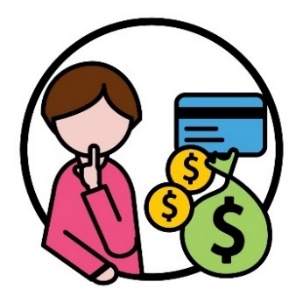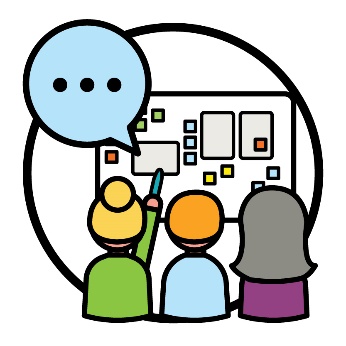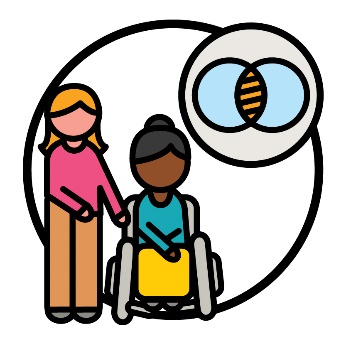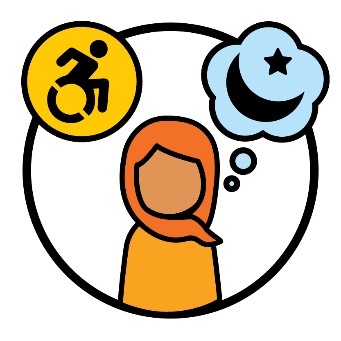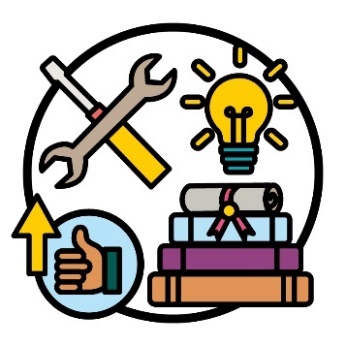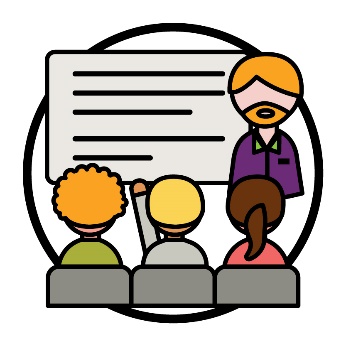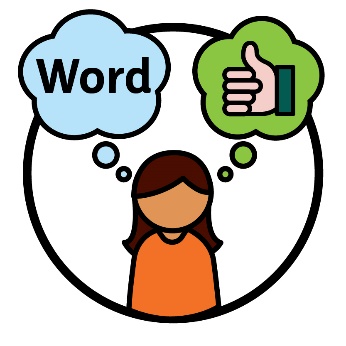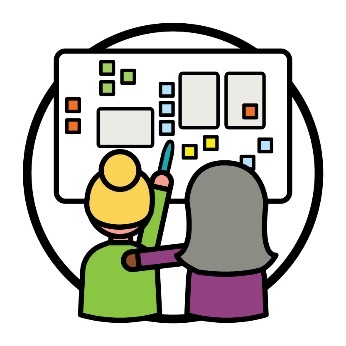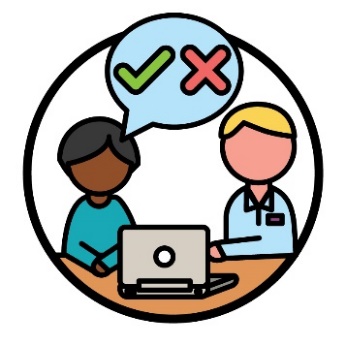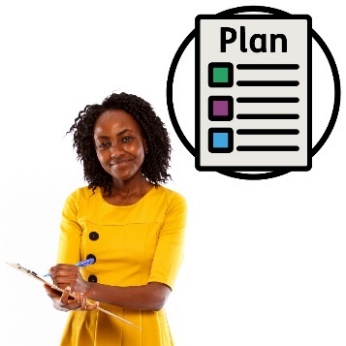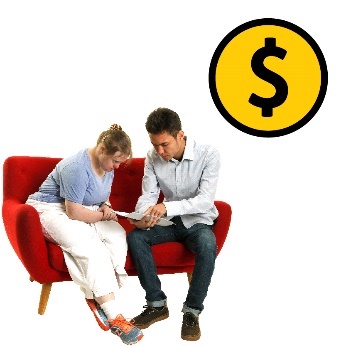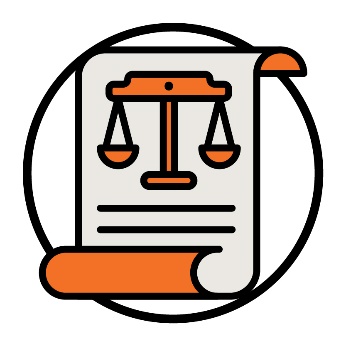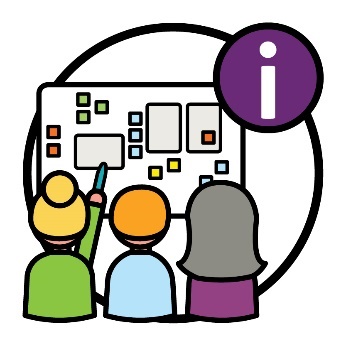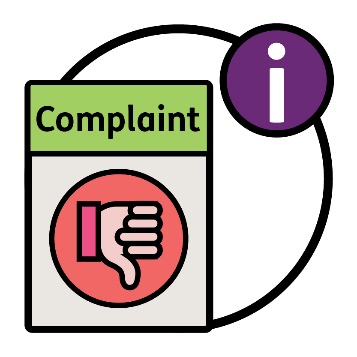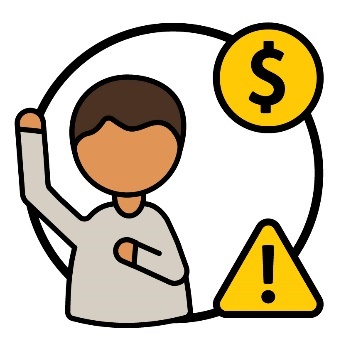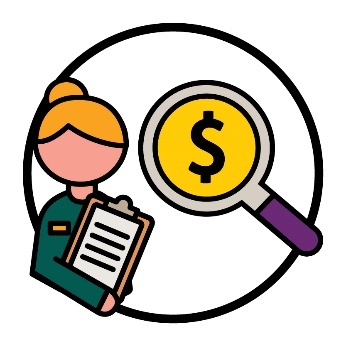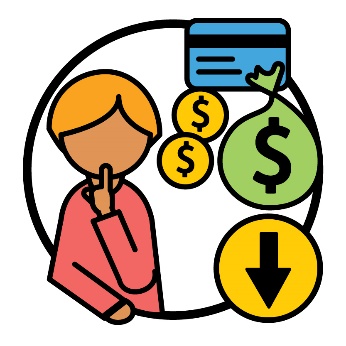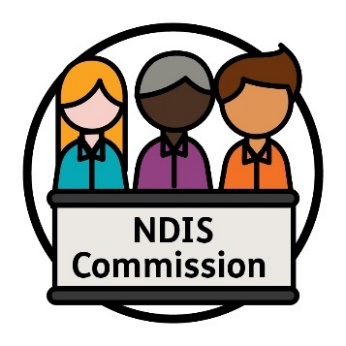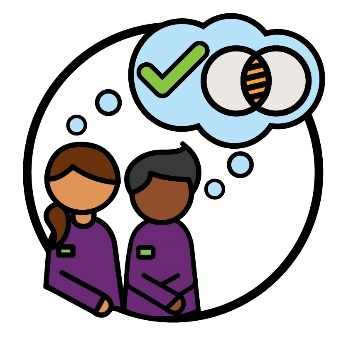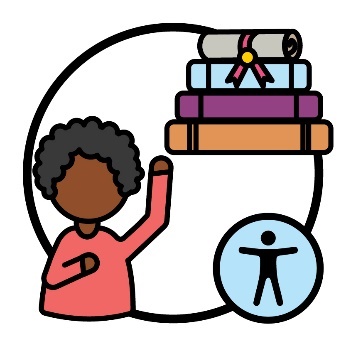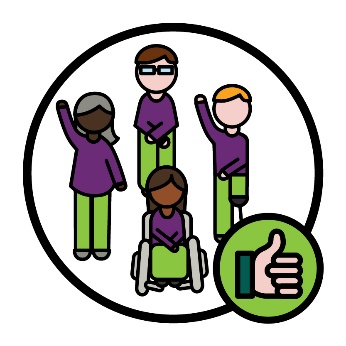Update on Reforms for Outcomes
|
|
Ms Corri McKenzie gave the Reference Group an update about the NDIA’s work on the Reform for Outcomes. |
|
|
|
The Reform for Outcomes will focus on the changes the NDIA can make to support better outcomes. Outcomes are important results the NDIA want to get for people with disability. |
|
|
|
Corri talked to the Reference Group about the 6 working groups for the Reform for Outcomes. |
|
These working groups include: |
|||
|
|
|
||
|
|
|
||
|
|
|
||
IAC Members who are part of the working groups have focused on work about: |
|||
|
|
|
||
|
|
|
||
|
|
Fraud is something you plan to do that is not honest. Fraud is a crime. |
||
What did members have to share?
|
|
Reference Group members shared that their experience could help each co-design project. |
|||||
|
|
For example, help each project work well to support people who experience intersectionality. |
|||||
|
|
You can be different in more than one way. And people might treat you differently for each part of who you are. |
|||||
|
|
For example, because you:
and
We call this intersectionality. |
|||||
|
|
Members explained that the NDIA’s co-design work supports people with disability to build their skills. |
|||||
|
|
Members shared the NDIA should offer training about co-design. |
|||||
|
|
Members also shared that the NDIA need to make sure people with disability know what some words mean. For example, what ‘provider fraud’ means. |
|||||
|
|
Members explained that it’s important to use supported decision-making for the co-design work on fraud. |
|||||
|
|
Supported decision-making is when someone supports you to make your own decisions about your life. |
|||||
Members shared that the NDIA should: |
||||||
|
|
|
|||||
|
|
|
|||||
|
|
Members also shared that people with disability have the right to choose their providers. |
|||||
|
|
Rights are rules about how people must treat you:
|
|||||
|
|
Members explained that the NDIA should share information about each co-design project. This information can support research for future co‑design projects. |
|||||
|
|
Members also explained that the NDIA’s work about fraud should share information on how to make a complaint. |
|||||
|
|
When you make a complaint, you tell someone that something:
|
|||||
|
|
This information should also focus on how to support participants who might make a mistake with their funding. |
|||||
|
|
Members shared that the NDIA should look into how providers keep track of how they use their money. |
|||||
|
|
This includes working with the NDIS Quality and Safeguards Commission to reduce fraud. In this bulletin, we call them the NDIS Commission. |
|||||
|
|
The NDIS Commission makes sure people with disability who take part in the NDIS:
|
|||||
|
|
Members also shared that NDIS planners should think about how intersectionality might affect a participant. |
|||||
|
|
Members explained that the NDIA should check which educational courses are accessible for people with disability. |
|||||
|
|
When something is accessible, it is easy to:
|
|||||
|
|
The NDIA should work with schools and universities to hire more people with disability to work at the NDIA. |
|||||
Members shared that the NDIA should: |
||
|
|
|
|
|
|
|
|
|
|
Members also shared that the NDIA should be a good place for people with disability to work. |
|
